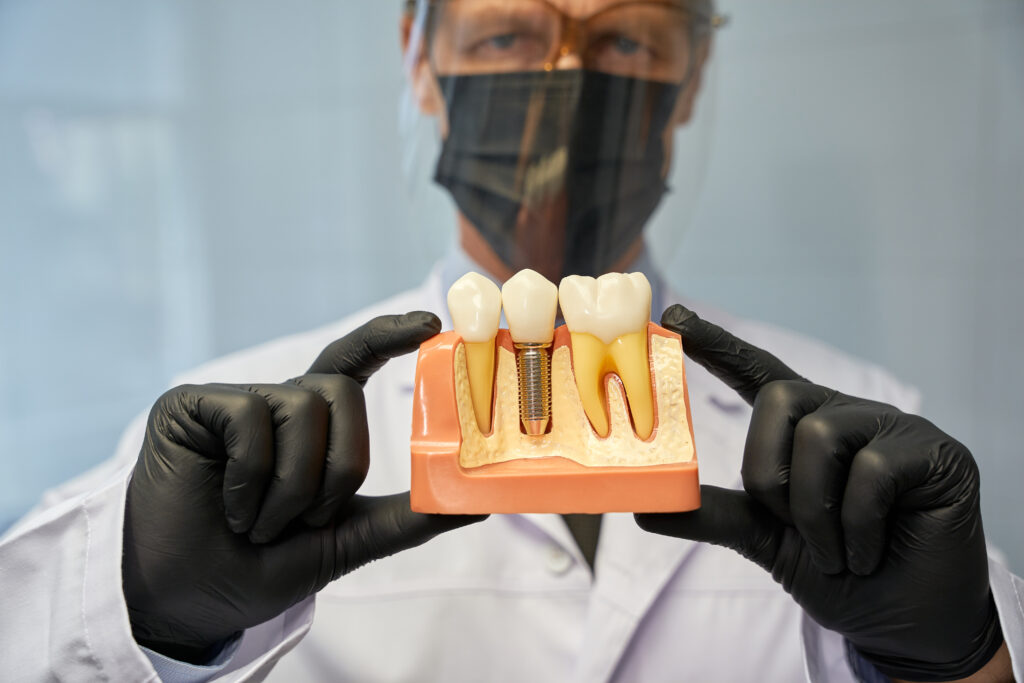At Absolute Smile, we believe understanding your teeth and gums is important to maintaining good oral health.
However, we thought it’d be interesting to compare human teeth — which you already know so well — to the teeth of other animals.
Here are some surprising facts about teeth in the animal kingdom.
1. Snails Have the Largest Number of Teeth of Any Animal… In a Weird Spot
That’s right. Snails have more teeth than any other animal, at around 14,000 for a garden snail and 20,000+ for other species.
However, snail teeth aren’t where you’d expect — they’re on their tongues, arranged in rows.
It’s hard to imagine chewing with your tongue.
2. Mosquitos Have Teeth
Mosquitos have teeth, believe it or not. They have about 47 teeth, but they are too small for you to see without a microscope.
3. Horse Teeth Weigh More Than a Horse’s Brain
Horse have huge, heavy teeth that weigh more than their own brains. As horses age, their gums actually recede (like human teeth), which can make horse teeth seem even larger than they already are.
4. Many Herbivores Have No Incisors
Herbivores such as cows don’t have incisors to cut up their food as they chew. Instead, their lips cut their food before they process it as usual.
5. Nile Crocodiles Brush Their Teeth… With Birds
When crocodiles eat their prey, some of the flesh may get stuck in between their teeth. They can’t brush their own teeth, but a brave bird volunteers to do some dental work for them.
See, these crocodiles will lay out with their mouth open after eating. The Egyptian Plover bird will fly into the crocodiles mouth, pick away at the pieces of food stuck in the croc teeth, then fly away.
It may seem utterly fatal for a small bird to fly into the waiting jaws of a crocodile, but it seems like crocodiles welcome the free dental care.
6. Blue Whales are Toothless
Blue whales might be the largest beings in the animal kingdom, but they do not have any teeth because they eat tiny crustaceans called Krill.
Blue whales have structures resembling a hybrid of teeth and bristles, though, called baleen. They use these baleen to to grab food; as they swim through the water, the baleen pick up any Krill they run in to.
7. Sharks Lose Teeth Regularly
Have you ever wondered why you can find shark teeth on the beach so often? It’s because sharks are always losing their teeth — they lose about one tooth per week on average.
Their teeth are arranged in several rows in their mouth. When they lose teeth, other teeth move forward and take their place.
8. Many Animals Don’t Get Cavities in the Wild
Many animals in the wild don’t get cavities. For one, sugar is either low or nonexistent in their diets. Additionally, some animals chew on rough materials such as tree bark; this helps to clean off the teeth.
That being said, domesticated animals such as dogs and cats can get cavities if you feed them foods with sugar.







